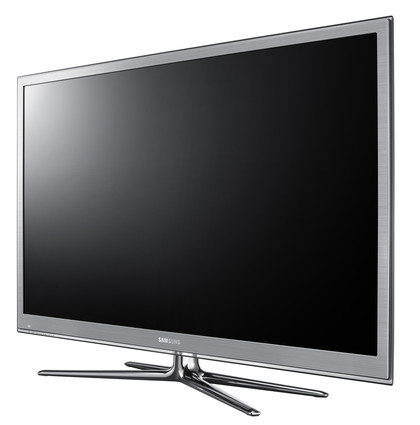Plasma TV: the comeback

When Pioneer announced two years ago that it was to stop making its Kuro plasma TVs, many thought it would bring the curtain down on plasma technology.
Since then we've seen spruced-up LED-backlit LCD TVs not only takeover from basic LCD TVs as the fastest growing sector, but also sneaking-up on plasma tech in terms of picture quality.
Against all the odds, the market for flat TVs is booming. Thought to be both at saturation point in Western economies and at the mercy of the global recession, the market for TVs grew by 15 per cent last year to 77.6 million units - with plasma TV panel shipments jumping from 14.8 to 19.1 million in the 12 months ending December 2010.
Suddenly, there's a lot of fuss over phosphor, with steadily rising sales of the gas-driven panels hitting a record high in the final months of 2010.
Although LCD (including LED) screens routinely outsell plasma, that disguises the fact that plasmas only start at 42-inches in size. And looking at the 3D sales figures for the UK - courtesy of GfK - plasma tech is actually in the lead. Between October and December 2010, 40,954 3D LCD TVs were sold compared to 46,553 3D plasmas.
The reasons for plasma's resurgence are unclear, though the smart money is on price and 3D performance. LED backlighting still carries a premium, which has helped plasmas become better value purely on inch-per-pound.
"In some cases plasma is more affordable than LED, hence why 3D is ubiquitous throughout Samsung's new plasma range for 2011," says Nick Webb, CTV product manager at Samsung UK. The brand's expanded plasma line-ups this spring are headed by the 51-64-inch D8000 Series, which now mimic Samsung's top-end LED TVs in terms of style.
Sign up for breaking news, reviews, opinion, top tech deals, and more.

STYLISH: It's not just Samsung's LED TVs that get the brushed metallic treatment - its D8000 Series of plasmas are also seriously high-end
"They're less than 4cm thick, and even the entry-level plasmas are 20 per cent slimmer - and the bezels are now so slim that you get an extra inch of screen on the same size product," says Webb.
That 'Plasma+1' designed D8000 Series will go up against Panasonic's VT30 Series of 3D plasmas, which after last year's great reviews must be considered the benchmark in terms of pure picture performance, at least for now.
"Plasma still has a fan base," concludes Webb. "Some people go into a store and they specifically want a plasma."
Plasma and 3D
Although the tech has always garnered loyalty among home cinema aficionados after the deepest black levels possible, plasma's sparkling reputation in 3D has also helped increase its popularity.
"While 3D has not played a big role in the growth of plasma shipments, it has helped to support plasma TV in the competition with LCD TV," says Ken Park, DisplaySearch's senior analyst for Korean TV market research. "With 3D functionality, plasma can re-position itself as a lasting technology in the TV industry. In fact, plasma TV brands are entering 2011 with 3D across their product portfolios, from 42-inch HD to 152-inch."
The three plasma manufacturers, Panasonic, Samsung and LG, all grew their shipments in 2010 by 22 per cent, 37 per cent and 30 per cent respectively according to DisplaySearch.
Rather than being wholly due to 3D, plasma's resurgence has more to do with our increasing appetite for larger TVs. The 50-inch market is where plasmas are price-competitive, though Full HD wasn't as popular as you might think; cue Samsung's debut 3D plasma, the PS50C6900, which featured just a HD Ready resolution.
A critical as well as commercial success (it was the top brand in both 2D and 3D plasmas in 2010) best describes Panasonic's 2010 plasmas, so it's no surprise that the current holder of the Kuro crown (almost literally - many of Pioneer's plasma engineers now work for Panasonic) has just unveiled three Full HD 'Neo Plasma' 3D model lines for 2011 - the VT30, GT30 and ST30.

Jamie is a freelance tech, travel and space journalist based in the UK. He’s been writing regularly for Techradar since it was launched in 2008 and also writes regularly for Forbes, The Telegraph, the South China Morning Post, Sky & Telescope and the Sky At Night magazine as well as other Future titles T3, Digital Camera World, All About Space and Space.com. He also edits two of his own websites, TravGear.com and WhenIsTheNextEclipse.com that reflect his obsession with travel gear and solar eclipse travel. He is the author of A Stargazing Program For Beginners (Springer, 2015),